Home>Ideas and Tips>Backyard Greenhouse Construction to Extend the Growing Season
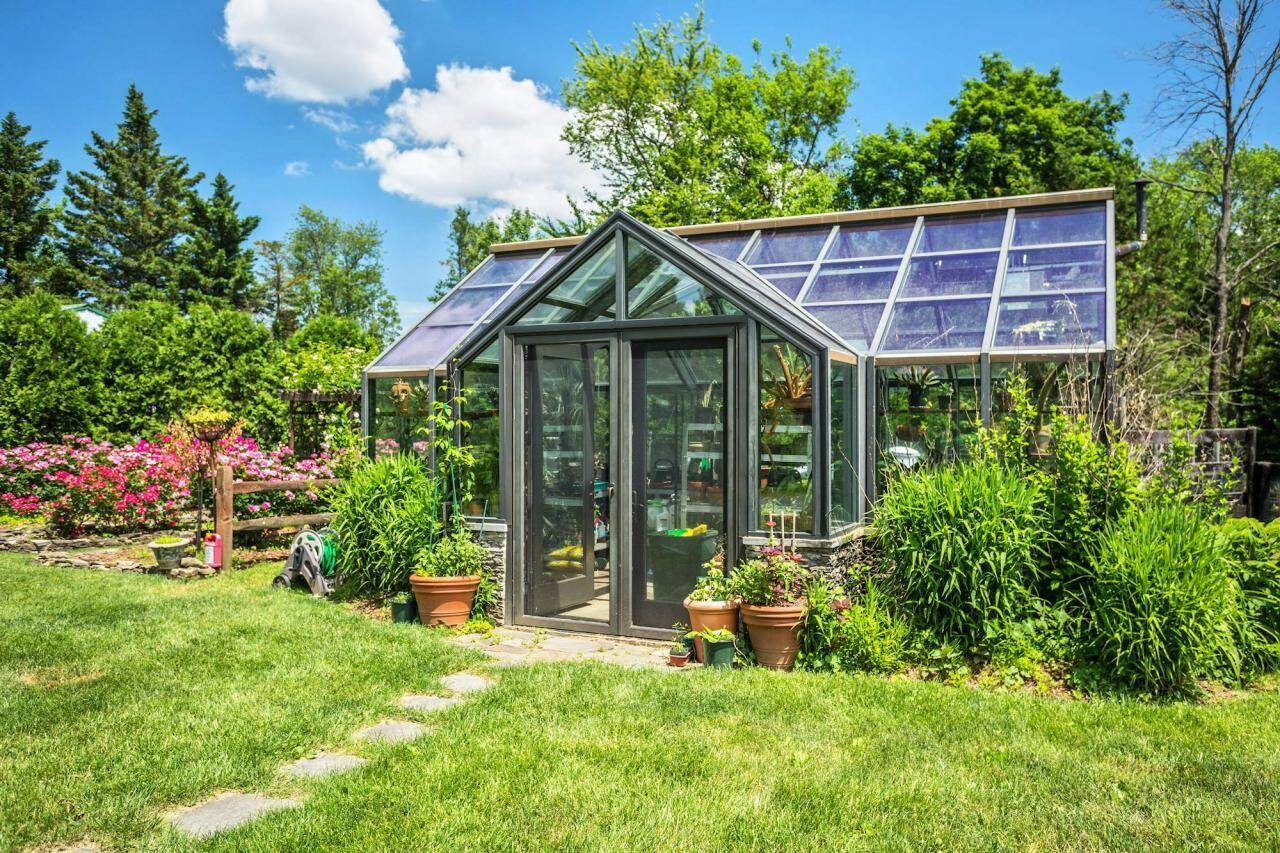

Ideas and Tips
Backyard Greenhouse Construction to Extend the Growing Season
Published: September 25, 2024
Learn how to extend your growing season with backyard greenhouse construction. Discover types, benefits, and practical tips for building your own greenhouse.
(Many of the links in this article redirect to a specific reviewed product. Your purchase of these products through affiliate links helps to generate commission for Storables.com, at no extra cost. Learn more)
Introduction
As the seasons change and the weather starts to cool down, many gardeners face the reality that the growing season is ending. However, by using a backyard greenhouse, you can extend your growing season and continue cultivating fresh produce even as temperatures drop. In this article, we will delve into the benefits of using a greenhouse to extend the growing season, explore different types of greenhouses, and provide practical tips for constructing and maintaining a backyard greenhouse.
Read more: Backyard Greenhouse Ideas
Benefits of Using a Greenhouse to Extend the Growing Season
Using a greenhouse to extend the growing season has numerous benefits. One of the primary advantages is that it provides a controlled environment where you can regulate temperature, humidity, and light to provide optimal plant growth conditions. This controlled environment allows you to maximize your garden's production by increasing the length of your growing season. In fact, you can extend your greenhouse growing season by up to 60% compared to traditional outdoor gardening methods.
Extending Greenhouse Growing Season by 60%
The use of a greenhouse can significantly extend the growing season. One user reported that their greenhouse extended their growing season by over 60%, compared to their usual 6-month season. The extent of the extension can vary based on factors such as whether the greenhouse is heated or unheated. It's essential to consider options such as protection tents and cloches if a complete greenhouse is not feasible. Additionally, monitoring the temperature inside the greenhouse is crucial to ensure optimal growing conditions.
Comparison of Growing Seasons for Unheated vs Heated Greenhouses
Comparing the growing seasons of unheated and heated greenhouses can help gardeners decide the best option for their needs. Unheated greenhouses are great for extending the growing season in milder climates but may not be enough to grow crops during the dead of winter. On the other hand, heated greenhouses provide year-round growing opportunities regardless of climate conditions. However, running heat in a greenhouse comes with an increased cost, so it's important to weigh the benefits against the expenses.
Types of Greenhouses
There are several types of greenhouses that can be used to extend the growing season, each with its own advantages and disadvantages.
Unheated Greenhouses
Unheated greenhouses, also known as high tunnels, are a cost-effective option for extending the growing season. These structures use passive solar heating and can extend the growing season by a few weeks. They are ideal for milder climates and can provide protection from wind, rain, and cold temperatures. However, they may not be suitable for colder climates where frost can be a significant issue.
Heated Greenhouses
Heated greenhouses offer year-round growing opportunities regardless of climate conditions. They provide a controlled environment where you can regulate temperature, humidity, and light to optimize plant growth. However, they come with higher energy costs and require more maintenance compared to unheated greenhouses. Heated greenhouses are ideal for colder climates where frost is a significant concern.
Passive Solar Greenhouses
Passive solar greenhouses use natural sunlight and thermal mass to regulate temperature. They do not require electricity or heating systems, making them a more sustainable option. However, they can be more complicated to set up and require careful planning to ensure optimal performance.
Practical Tips for Constructing a Backyard Greenhouse
Constructing a backyard greenhouse can be a rewarding project, but it requires careful planning and execution. Here are some practical tips to help you get started:
Choosing the Right Location
When choosing the location for your greenhouse, consider factors such as sunlight, wind direction, and accessibility. Ideally, the location should receive direct sunlight for at least 6 hours a day. Avoid areas with strong winds or frost pockets to ensure optimal performance.
Designing Your Greenhouse
Designing your greenhouse involves considering several factors including size, shape, and materials. The size of your greenhouse will depend on the space available and the number of plants you want to grow. A larger greenhouse provides more space for plants but requires more materials and construction time. The shape of your greenhouse can be either rectangular or hoop-shaped, with hoop-shaped greenhouses being more cost-effective and easier to construct.
Materials Needed
The materials needed for constructing a greenhouse include:
- Frame: The frame can be made from wood, metal, or PVC pipes. Wood frames are traditional but require more maintenance, while metal frames are durable but can be expensive. PVC pipes are a cost-effective option and easy to assemble.
- Glazing: The glazing material can be glass, polycarbonate, or polyethylene film. Glass provides excellent insulation but is expensive and heavy. Polycarbonate is a popular choice due to its durability and affordability. Polyethylene film is a budget-friendly option but may not provide adequate insulation.
- Ventilation: Proper ventilation is crucial for maintaining optimal growing conditions. You can use automatic vents or manual windows to regulate temperature and humidity.
- Irrigation: An irrigation system ensures that your plants receive adequate water. You can use drip irrigation or overhead sprinklers depending on the type of plants you are growing.
Constructing Your Greenhouse
Constructing your greenhouse involves several steps:
- Prepare the Site: Clear the area where you plan to build your greenhouse. Remove any debris and level the ground to ensure a stable base.
- Build the Frame: Assemble the frame using your chosen materials. Make sure it is sturdy and secure to withstand wind and snow loads.
- Install Glazing: Attach the glazing material to the frame. Ensure that it is securely fastened to prevent damage from wind or rain.
- Add Ventilation: Install ventilation systems to regulate temperature and humidity. Automatic vents can be programmed to open and close at specific times to maintain optimal conditions.
- Install Irrigation: Set up an irrigation system to ensure that your plants receive adequate water. Drip irrigation is a popular choice as it reduces water waste and promotes healthy root growth.
Additional Tips for Extending the Growing Season
While a greenhouse provides a controlled environment, there are additional tips you can use to extend the growing season:
Using Floating Row Covers
Floating row covers are lightweight, porous fabrics that can be placed directly on top of plants to protect them from frost and pests. They allow light and water to reach the plants while keeping them warm during cold weather.
Hoop Houses
Hoop houses are similar to greenhouses but are less expensive and easier to construct. They provide protection from wind, rain, and cold temperatures, extending the growing season by several weeks. Hoop houses are ideal for those who want to extend their growing season without breaking the bank.
Cold Frames
Cold frames are another option for extending the growing season. They consist of a bottomless box with transparent sides that trap heat from the sun during the day and release it at night. Cold frames are less expensive than greenhouses but still provide significant protection from frost.
Case Studies: Real-Life Examples of Greenhouse Success
Several case studies demonstrate the effectiveness of using greenhouses to extend the growing season:
Example 1: Extending the Growing Season by Over 60%
A user reported that their greenhouse extended their growing season by over 60%, compared to their usual 6-month season. The greenhouse was used to grow lettuce, tatsoi, and arugula seeds in early spring, which started growing faster as the weather warmed up. By mid-April, the user was back to picking fresh greens again.
Example 2: Using a High Tunnel in the Northeast
A gardener in the northeast used a high tunnel to extend their growing season. They were able to grow kale through much of the winter and even used a heater during extreme cold weather. The high tunnel also prevented their garden from being washed away during heavy rain, providing consistency in their harvests.
Conclusion
Using a backyard greenhouse is an excellent way to extend the growing season and enjoy fresh produce year-round. Whether you choose an unheated or heated greenhouse, you can expect to extend your growing season by several weeks or even months. By following practical tips for constructing and maintaining your greenhouse, you can create a controlled environment that optimizes plant growth conditions. Additionally, using floating row covers, hoop houses, and cold frames can further extend your growing season. With careful planning and execution, you can enjoy a bountiful harvest even in the coldest of climates.
References Sunshine Greenhouse Kit Blog. (n.d.). Using a Greenhouse to Extend the Growing Season. Retrieved from https://sunshinegreenhouse.com/blogs/sunshine-greenhouse-kit-blog/using-a-greenhouse-to-extend-the-growing-season The Prairie Homestead. (2019, September 24). How to Extend Your Garden Season. Retrieved from https://www.theprairiehomestead.com/2019/09/extend-garden-season.html MRCrazyKicks. (2018, October 23). How Much Can a Greenhouse Extend the Growing Season? Retrieved from https://mrcrazykicks.com/how-much-can-a-greenhouse-extend-the-growing-season/ Reddit. (2022, August 28). Growing in a Greenhouse. Retrieved from https://www.reddit.com/r/Homesteading/comments/wzwg3n/growing_in_a_greenhouse/ USU Extension. (n.d.). Extending the Garden Season. Retrieved from https://extension.usu.edu/yardandgarden/research/extending-the-garden-season
Was this page helpful?
At Storables.com, we guarantee accurate and reliable information. Our content, validated by Expert Board Contributors, is crafted following stringent Editorial Policies. We're committed to providing you with well-researched, expert-backed insights for all your informational needs.
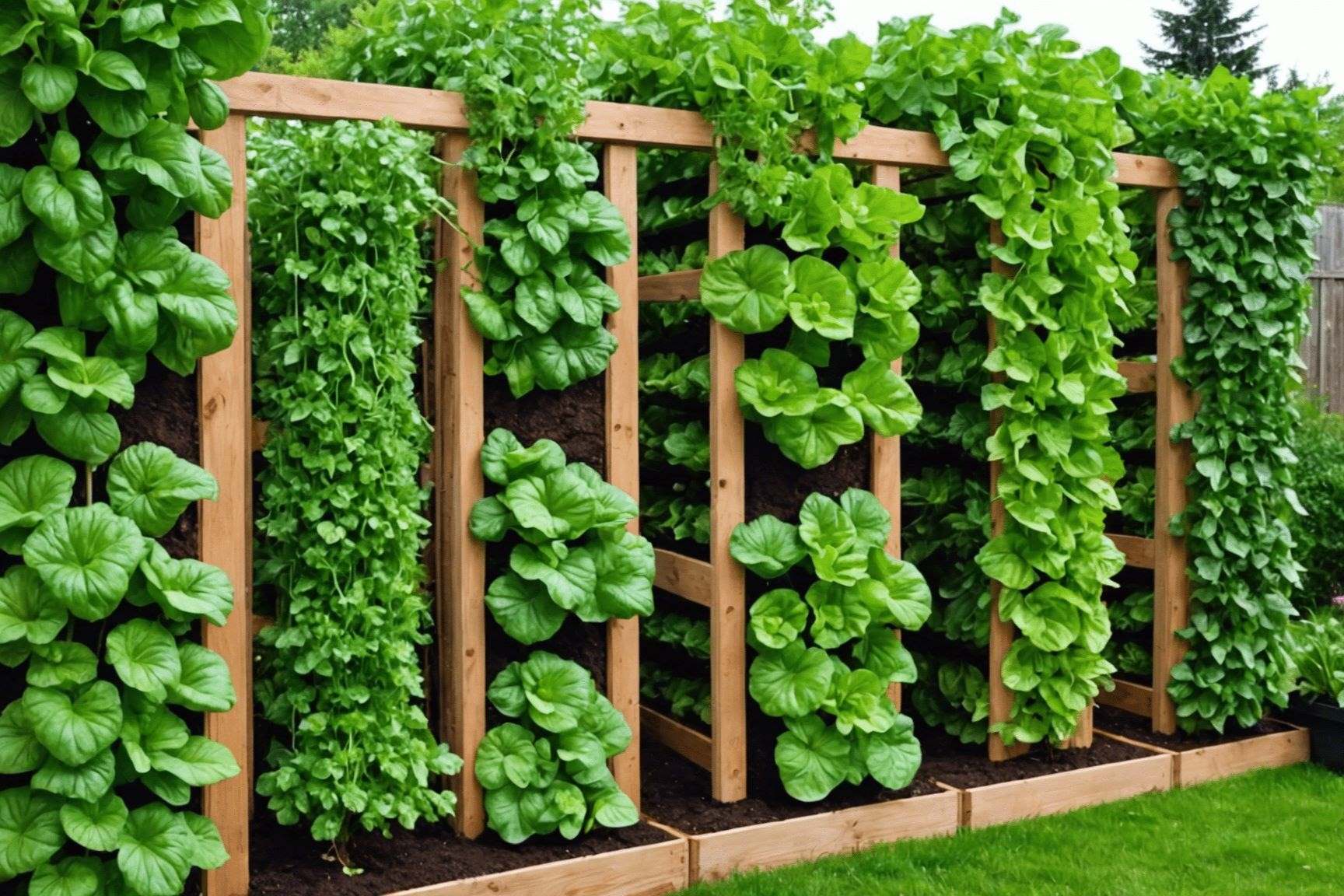

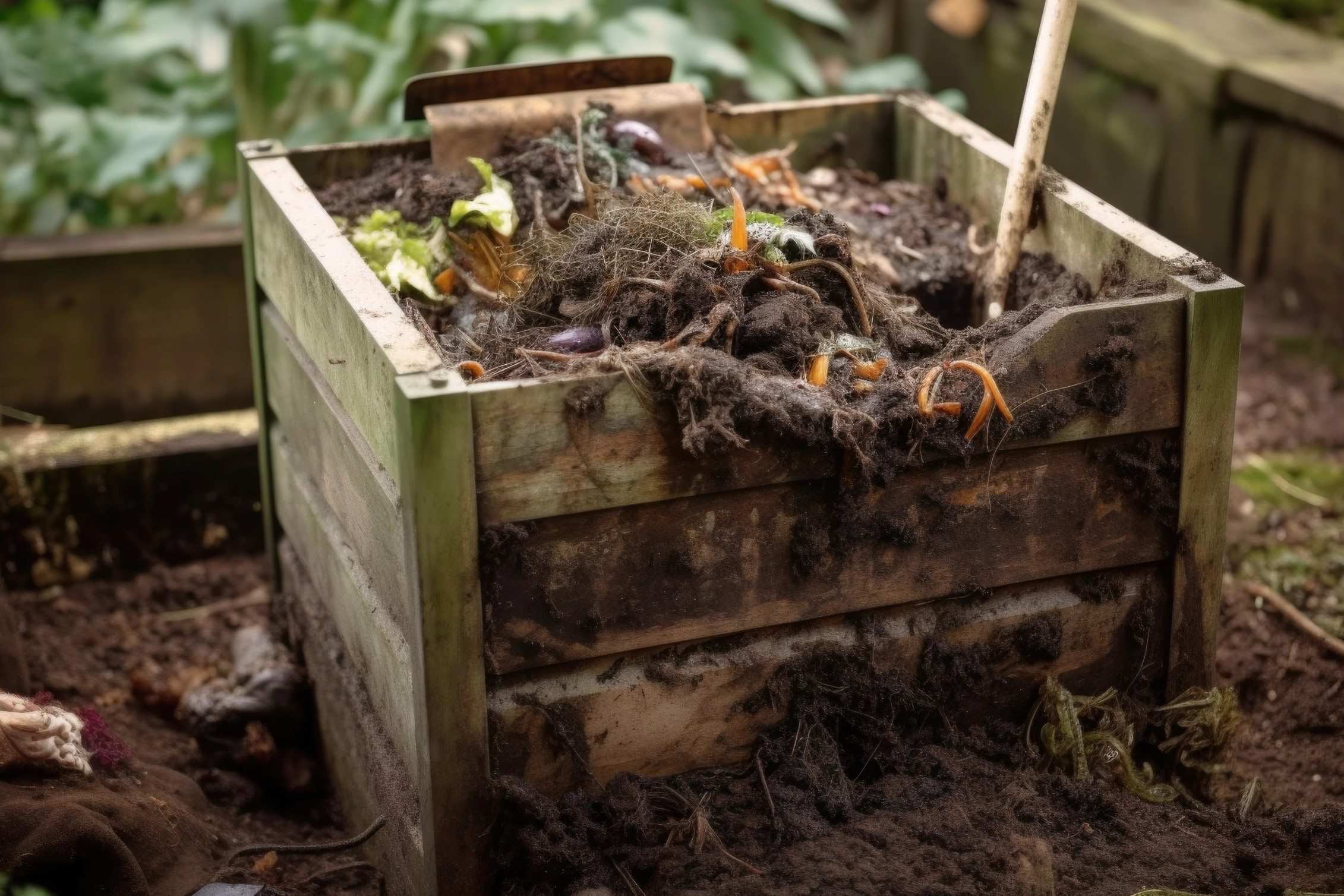
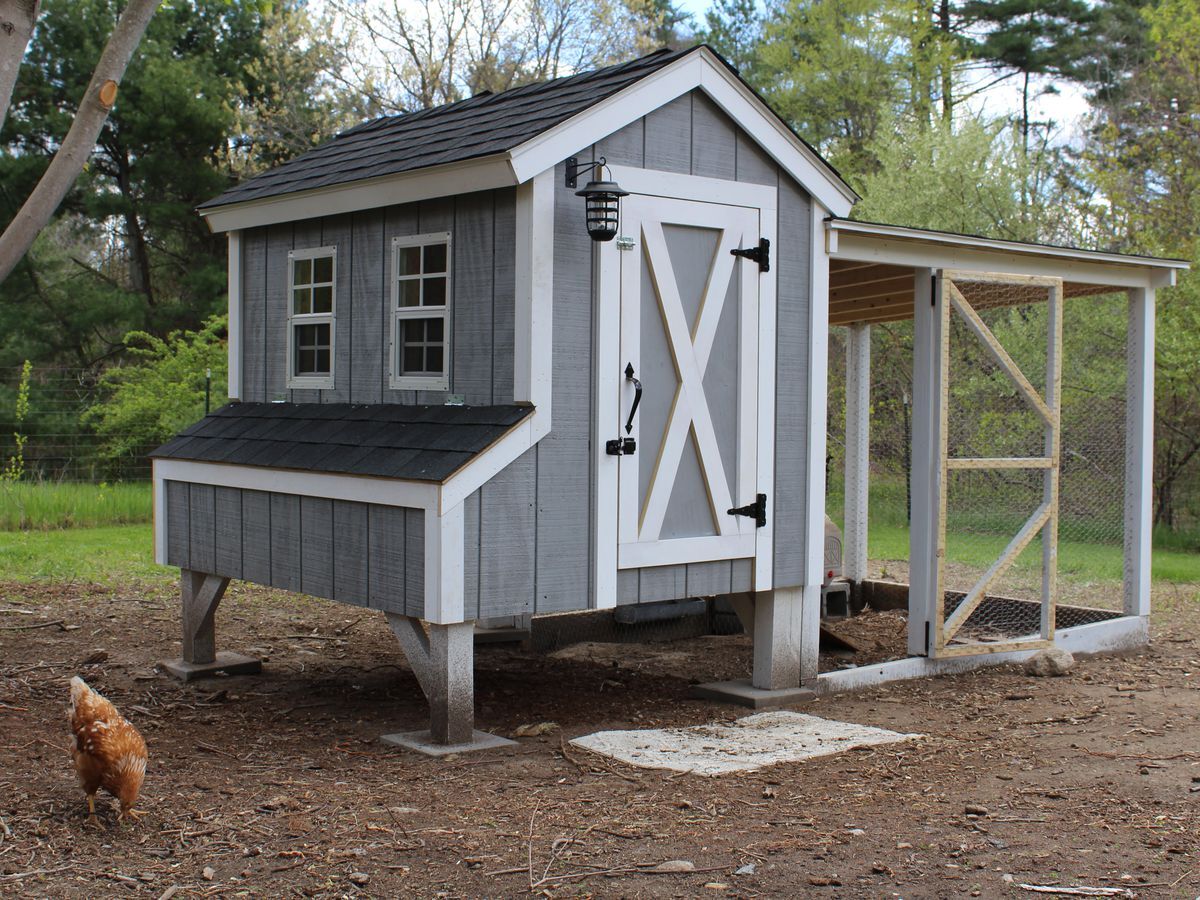
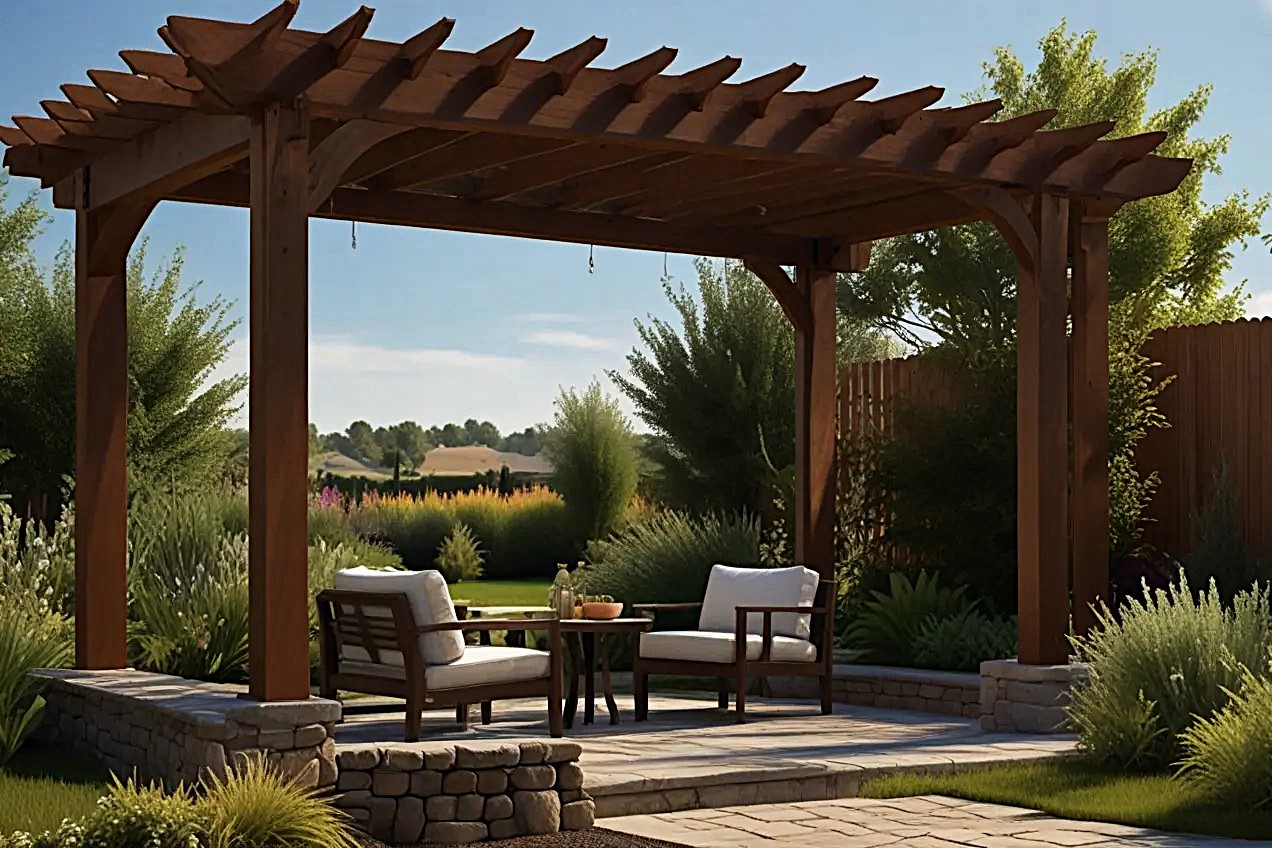
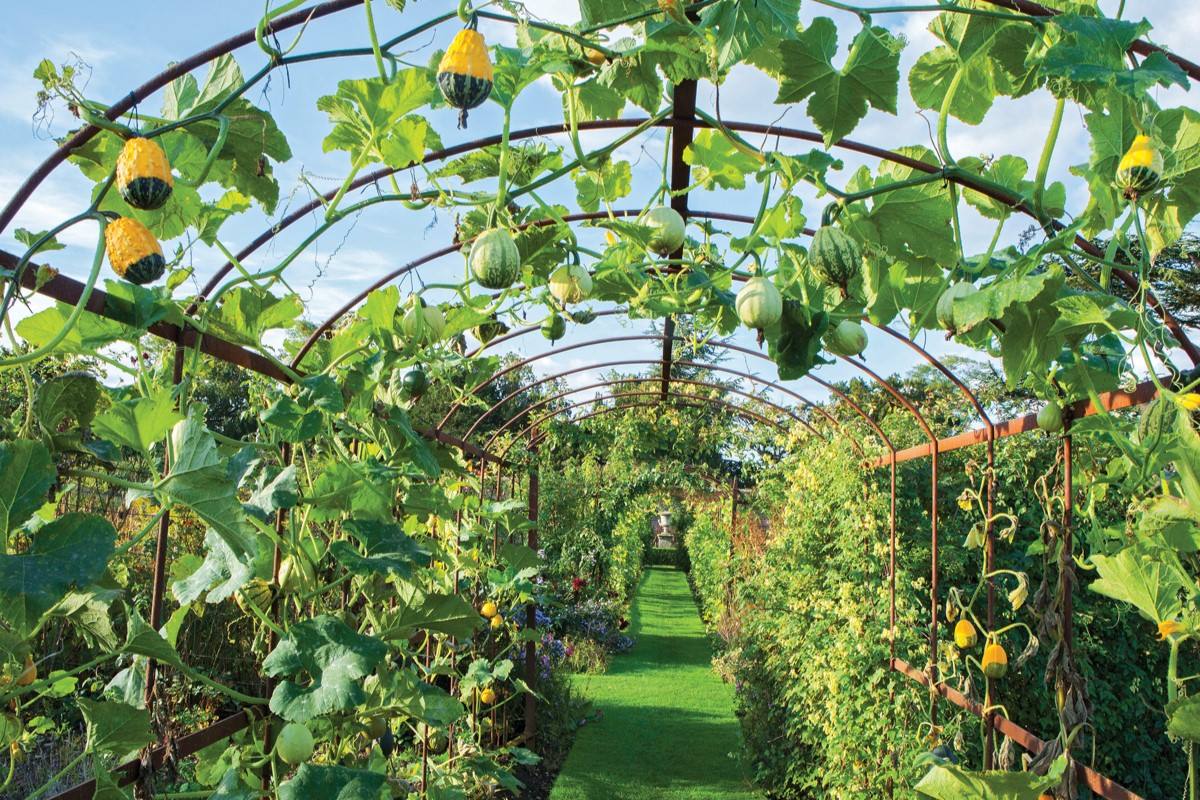
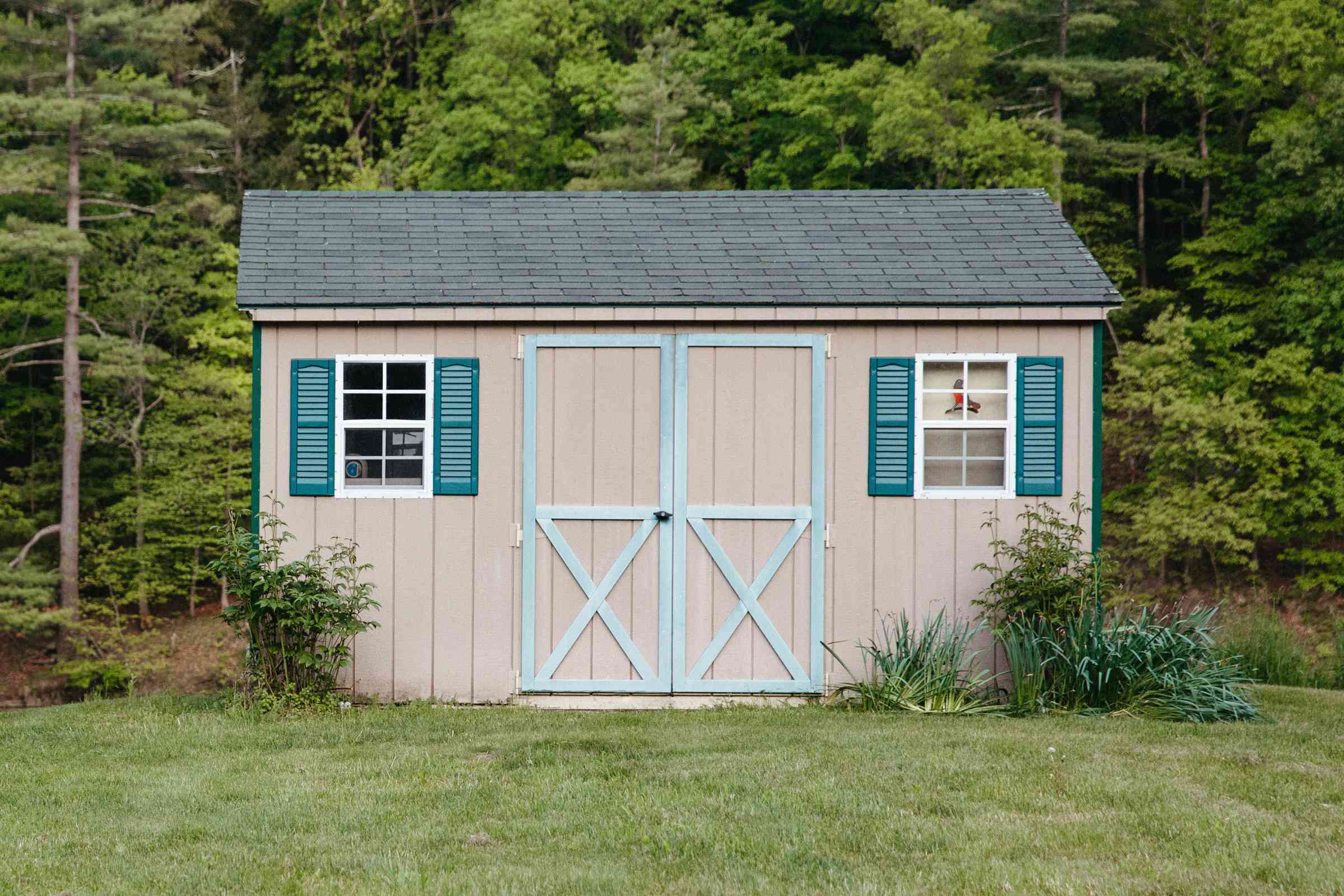
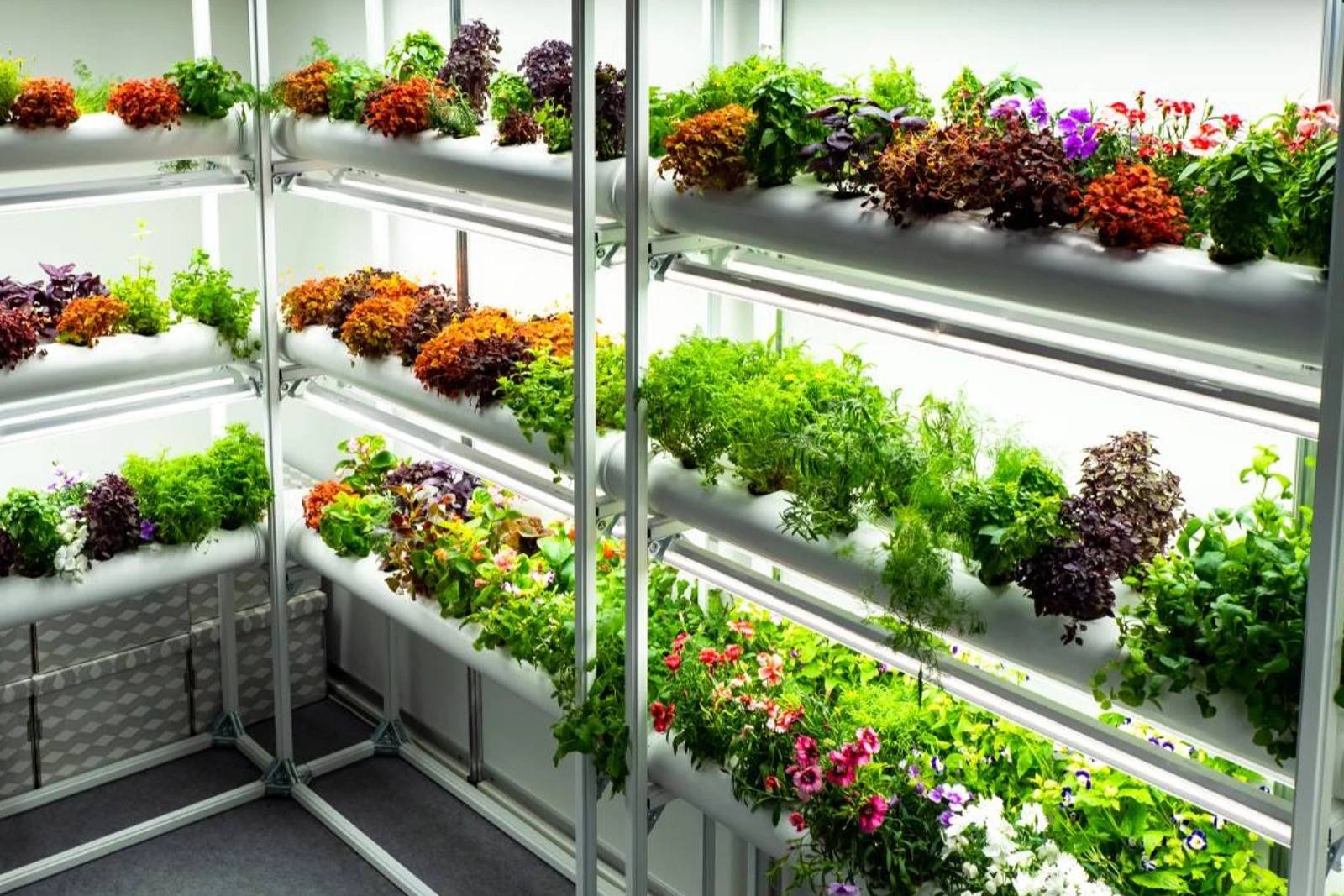
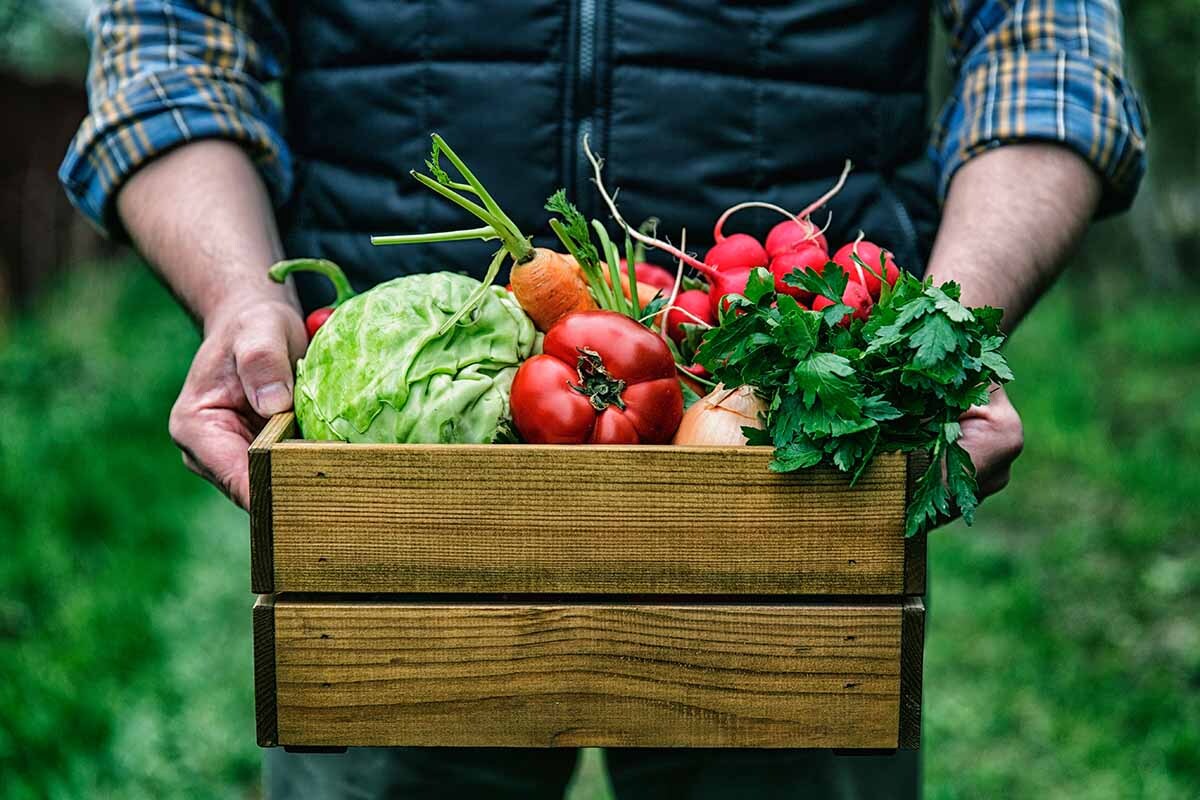
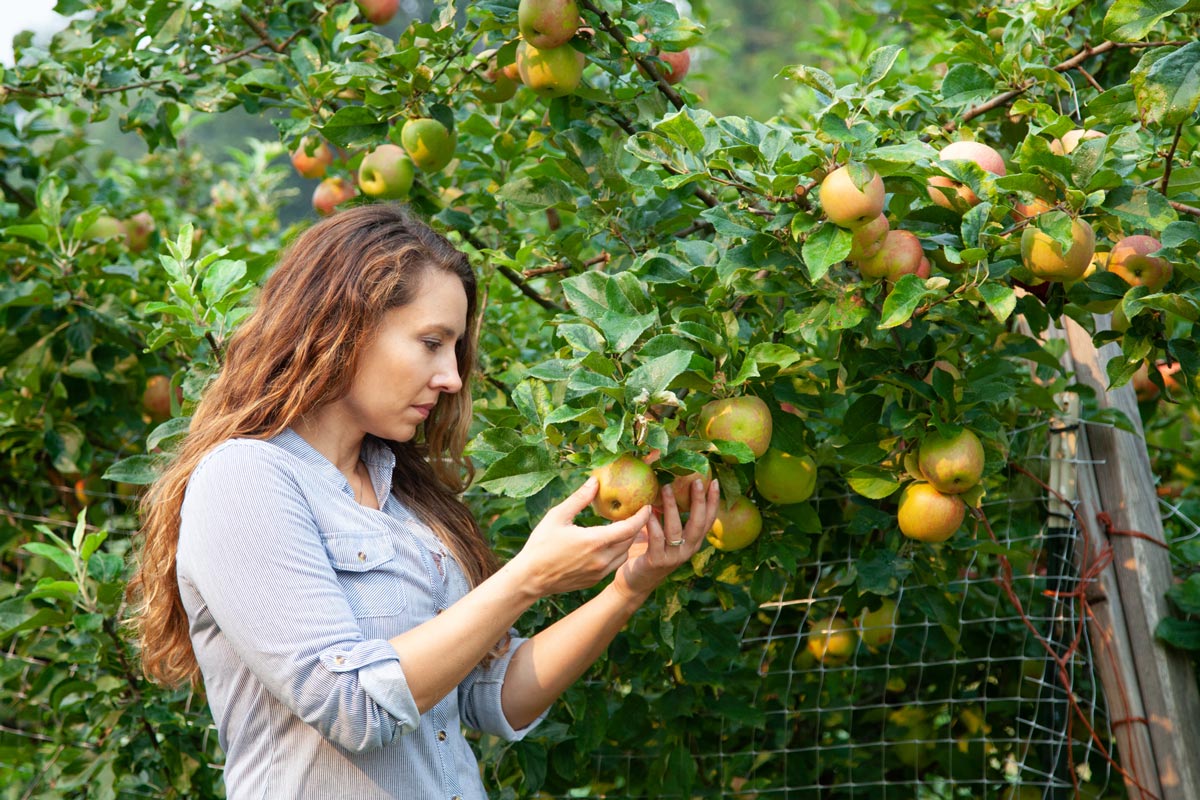

0 thoughts on “Backyard Greenhouse Construction to Extend the Growing Season”